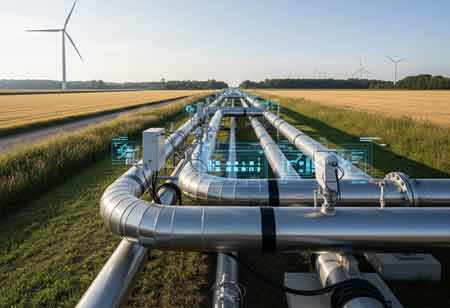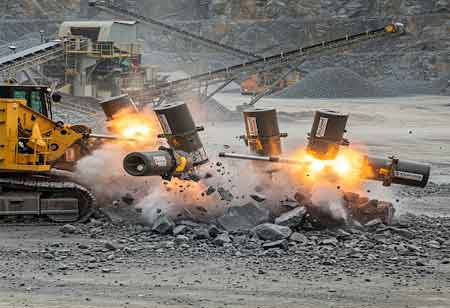CLOSE
Specials
I agree We use cookies on this website to enhance your user experience. By clicking any link on this page you are giving your consent for us to set cookies. More info
Be first to read the latest tech news, Industry Leader's Insights, and CIO interviews of medium and large enterprises exclusively from Energy Tech Review
Thank you for Subscribing
Understanding the Key Factors Affecting the Power Generation of Photovoltaic Power Plants
The electricity output of photovoltaic power stations is influenced by the stations' inherent performance and significantly by the effectiveness of their subsequent operation and maintenance.

By
Energy Tech Review | Monday, October 06, 2025
Stay ahead of the industry with exclusive feature stories on the top companies, expert insights and the latest news delivered straight to your inbox. Subscribe today.
The electricity output of photovoltaic power stations is influenced by the stations' inherent performance and significantly by the effectiveness of their subsequent operation and maintenance. Proper operation and maintenance practices can enhance power generation and prolong the lifespan of both the equipment and the power stations. This article discusses some of the critical factors that impact the power generation of photovoltaic power plants.
Fremont, CA: For investors in photovoltaic power plants, every extra kilowatt-hour of electricity produced translates into increased revenue. The power plant's generation capacity is closely linked to the investment return period, making power generation a primary concern for investors. Various factors influence the electricity output of a photovoltaic power station, including the quality of photovoltaic modules, inverters, and cables, as well as the orientation and tilt of the modules, the presence of dust and shading, the compatibility of the module and inverter system, and the quality of the power grid.
The Impact of Shadow Occlusion on Power Generation
Among the various factors influencing the power output of photovoltaic systems, shadow occlusion is a notably prevalent issue. Familiar sources of occlusion include telephone poles, trees, guardrails, bird droppings, dust, and the obstruction caused by adjacent components.
In constructing numerous power stations, it is often challenging to eliminate shadows. Many individuals believe that a minor shadowed area will not significantly impact performance. However, this assumption is misleading. When even a portion of a component or an entire component is shaded, the whole string of components is adversely affected due to the series circuit's barrel effect. In a series configuration, the current flowing through each element remains constant, with the maximum current being dictated by the element with the lowest output. Consequently, if one component experiences shading, the overall power output of the entire string is compromised. In severe cases, this can lead to the formation of hot spots, diminishing both the efficiency and lifespan of the components, and may even result in partial burning of the components, thereby introducing safety hazards. Therefore, it is imperative to mitigate shadowing during the design phase of power plants and focus on ongoing operations and maintenance, including regular cleaning of the components.
The Impact of System Capacity Ratio on Power Generation
The capacity ratio is the relationship between a photovoltaic system's installed capacity and its inverter's rated capacity. When a photovoltaic system is designed with a capacity ratio 1:1, any failure of the photovoltaic modules to achieve their nominal output results in underutilizing the inverter's capacity. The practice of over-configuring systems is prevalent to enhance the overall efficiency of photovoltaic installations, lower electricity costs, and boost revenue from power stations. However, it is essential to note that the capacity ratio cannot be increased indefinitely to minimize inverter costs, as the inverter's expense constitutes only about 5 percent of the total photovoltaic system cost. Excessive over-configuration can be economically unfeasible and may cause the inverter to operate at its maximum capacity, reducing power generation. Therefore, a well-considered design of the system's capacity ratio is essential for optimizing the economic performance of photovoltaic power generation systems. In regions with varying resource types, conducting calculations tailored to the specific local solar resource conditions and temperature characteristics is necessary.

Copyright © 2025 Energy Tech Review. All rights reserved






